“Aluminum Potassium Sulphate 500gm” has been added to your cart. View cart
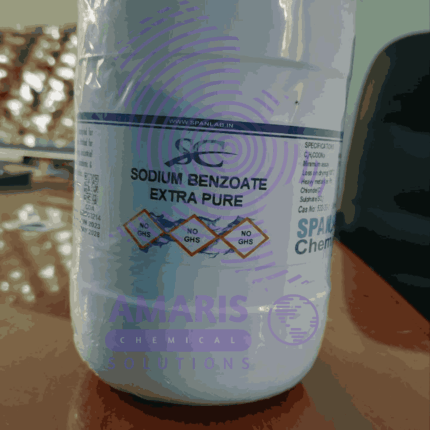
Sodium Benzoate 500gm
$445.00 Original price was: $445.00.$300.00Current price is: $300.00.
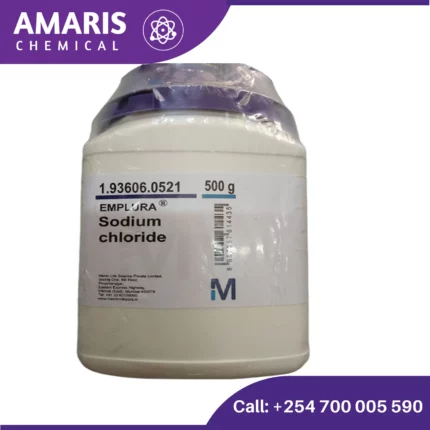
Sodium Chloride 500gm
$290.00 Original price was: $290.00.$200.00Current price is: $200.00.
Sodium Bromide 500gm
$2,030.00 Original price was: $2,030.00.$1,580.00Current price is: $1,580.00.
Whatsapp Order
Sodium bromide (NaBr) is an inorganic compound with a white crystalline appearance, highly soluble in water, and somewhat similar to sodium chloride (table salt). Here’s a breakdown of its key properties, applications, and laboratory uses:
Properties:
- Formula: NaBr
- Appearance: White crystalline solid
- Odor: Odorless
- Solubility: Highly soluble in water
- Melting point: 801 °C (1474 °F)
- Boiling point: 1390 °C (2534 °F)
SKU:
ACS59244CHEM0
Category: Analytical Reagents
Description
Uses of Sodium Bromide
- Precursor for Bromide Salts:
- A primary use of sodium bromide is as a starting material for synthesizing various other bromide salts. This is because it’s a readily available source of bromide ions (Br⁻).
- Researchers can utilize these bromide salts in different areas of study. For instance, some bromide salts might be used in:
- Material science experiments involving compounds with bromine.
- Pharmaceutical research to investigate the properties or potential applications of specific bromine-containing molecules.
- Industrial chemistry to develop or test new fire retardants or other bromine-based industrial products.
- Source of Bromide Ion (Br⁻):
- In specific laboratory reactions, a convenient source of bromide ions might be necessary. Sodium bromide serves this purpose effectively.
- Depending on the research area, these bromide ions can participate in various chemical reactions, such as:
- Precipitation reactions: When mixed with solutions containing specific metal cations (positively charged ions), sodium bromide can lead to the formation of bromide salts as precipitates (solid products formed from a solution). This can be useful for separating or identifying specific metal ions.
- Redox reactions: In some oxidation-reduction (redox) reactions, bromide ions might act as oxidizing or reducing agents depending on the specific reaction conditions.
- Calibration Standards:
- Sodium bromide solutions with precisely known concentrations can be used for calibration purposes in certain analytical techniques.
- One example is ion chromatography, a technique that separates and measures the concentration of ions in a solution. By using a sodium bromide solution with a known concentration as a reference, researchers can calibrate their instruments to ensure accurate measurements of bromide ions (and other ions) in unknown samples.
Reviews (0)
Be the first to review “Sodium Bromide 500gm” Cancel reply
Related products
2 Propanol 2.5 litres (IPA)
Isopropyl alcohol (IPA), also known as 2-propanol, is a colorless, flammable chemical compound with the molecular formula C3H8O. It is a type of alcohol that is commonly used as a solvent, disinfectant, and cleaning agent in a variety of industries, including healthcare, manufacturing, and electronics. IPA is often used as a disinfectant because it is effective at killing a wide range of microorganisms, including bacteria, viruses, and fungi. It is also commonly used as a solvent for oils, resins, and gums, and as a cleaning agent for electronic devices and other equipment.
Agar Agar Powder
Agar agar powder refers to the dehydrated and powdered form of agar agar, a natural gelling agent derived from seaweed. It is made by drying and grinding the agar agar gel, resulting in a fine powder with excellent gelling properties. Agar agar powder is commonly used in cooking, baking, and food preparation as a vegetarian and vegan substitute for gelatin. It is prized for its ability to create firm and stable gels at relatively low concentrations and temperatures. Agar agar powder is versatile and can be used in a variety of recipes, including desserts, confectioneries, jams, jellies, and savory dishes.
Aluminum Ammonium Sulphate
Aluminum ammonium sulfate, also known as ammonium alum or just alum, is a chemical compound with the formula (NH4)Al(SO4)2·12H2O. It's a white crystalline solid commonly used in water purification, leather tanning, and as a mordant in dyeing textiles.
In water purification, alum acts as a coagulant to remove impurities by causing suspended particles to clump together, making it easier for filtration to remove them. In leather tanning, it helps to stabilize the leather by tightening the collagen fibers. And in dyeing textiles, alum helps the dye adhere to the fabric.
However, it's important to note that excessive exposure to aluminum compounds like alum can be harmful, so it's typically used with caution and proper safety measures.
Aluminum Carbonate 250g
Aluminum carbonate is a chemical compound with the formula Al2(CO3)3. It is a white, crystalline solid that is insoluble in water. Aluminum carbonate is not commonly encountered in pure form due to its high instability, especially in the presence of water and carbon dioxide. Instead, it tends to decompose into aluminum hydroxide and carbon dioxide when exposed to moisture or acidic conditions.
Aluminum Nitrate 500gm
Aluminum nitrate is a chemical compound with the formula Al(NO3)3. It's a salt composed of aluminum and nitrate ions. It's commonly encountered as a hydrate with varying numbers of water molecules associated with each aluminum nitrate formula unit. It's soluble in water and is often used in various industrial processes, including as a mordant in dyeing fabrics and in the production of aluminum oxide. Additionally, it's used in some chemical reactions and as a component in some types of rocket propellants.
Ammonia Solution 2.5litres
An ammonia solution is a solution of ammonia (NH3) gas dissolved in water. It is a clear, colorless liquid with a pungent odor and a basic pH. The concentration of ammonia in the solution can vary, and is typically expressed in terms of percent by weight or by volume.
Ammonia solutions are commonly used in a variety of applications, including cleaning agents, fertilizers, and as a precursor to other chemicals. They are also used in industrial processes such as refrigeration, gas purification, and water treatment. Ammonia solutions can be dangerous if not handled properly, as they are highly corrosive and can release toxic fumes if mixed with certain chemicals



 LABORATORY EQUIPMENT & APPARATUS
LABORATORY EQUIPMENT & APPARATUS
 Fertilizers
Fertilizers Plant Growth Regulators
Plant Growth Regulators Soil Conditioners
Soil Conditioners Animal Feed Additives
Animal Feed Additives Biostimulants
Biostimulants Dough Conditioners
Dough Conditioners Flour Treatments
Flour Treatments Fat Replacers
Fat Replacers Preservatives (baking)
Preservatives (baking)
 Surfactants (cleaning)
Surfactants (cleaning) Builders
Builders Bleaching Agents
Bleaching Agents Enzymes
Enzymes Solvents (cleaning)
Solvents (cleaning) Fragrances
Fragrances


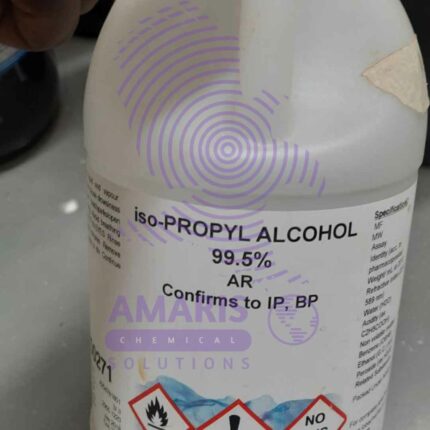

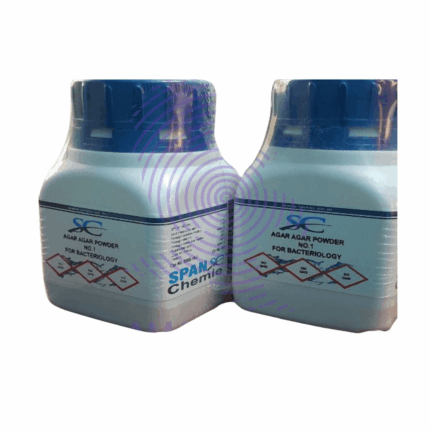

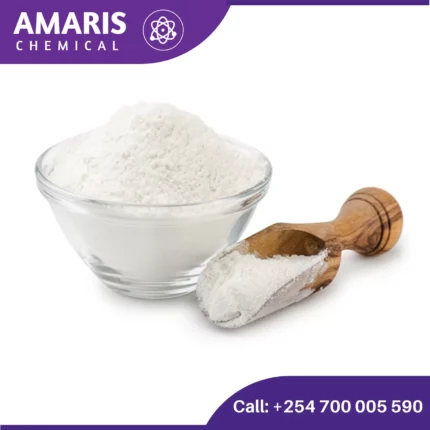
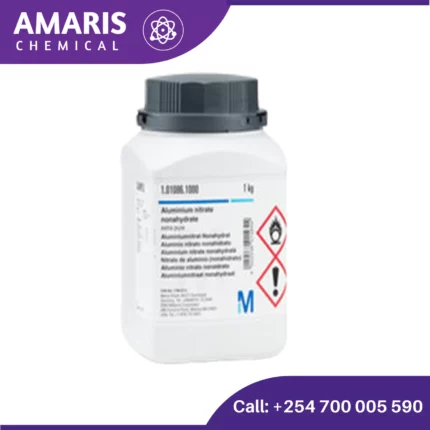
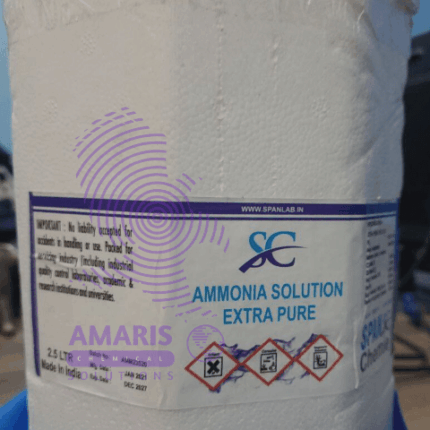

















Reviews
There are no reviews yet.